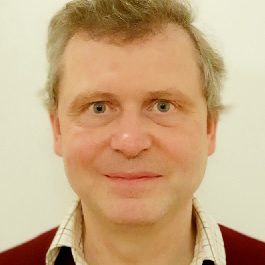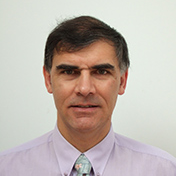The Hydraulics and Environment Division is concerned with the hydraulic functioning and sediment dynamics of port, coastal, estuary and river facilities. These facilities have a variety of functions: transport, power generation, flood protection, tourism, environmental protection, etc.
Strategic issues mainly concern the impact of the ecological transition and the energy transition on hydraulic engineering. Digital transformation is also having an impact on our businesses, with the influx of data and information. Finally, adapting to climate change is a necessity that impacts both development strategies, in terms of managing water resources and flood/submergence risks, and the design of the structures themselves. This is particularly true for coastal developments which, in addition to changes in hydro-climatic extremes, are subject to rising sea levels.
The challenges are also to develop digital modelling with strong interaction between the user, the data and artificial intelligence, and to facilitate the coupling of both physical and geochemical processes. Hydraulic modelling using tests on physical scale models remains an essential tool for fine analysis of the behaviour of hydraulic structures and facilities: model instrumentation, test protocols, data processing and interaction with digital modelling are all areas for progress.
The scientific challenges involve the design of new facilities using a multidisciplinary approach. We need to predict the evolution of hazards and their interaction in the context of climate change. Various mathematical approaches such as uncertainty analysis, data assimilation, model reduction and computer science such as artificial intelligence and image analysis need to be adapted to developments. Data collection and in-situ or laboratory measurement techniques still need to be improved in hydraulics and sedimentology.
- 31 May 2018, Echirolles, ‘Sediment transport in rivers and river morphology’
- 30-31 January 2019, Grenoble, ‘HydroEs 2019 What future for Hydropower in France & in Europe?’
- 12-14 June 2019, in Sophia – Antipolis, ‘Simhydro 2019’
- 21-22 November 2019 at the Ecole des ponts ParisTech, ‘Coastline and climate change’ in association with PIANC (International Association of Navigation Congresses)
- 21-22 November 2019 at Ecole des ponts ParisTech, ‘Sediment continuity and global change’
- Creation of a Physical Modelling Laboratory WG
In conjunction with GIS HED², the division also organised three international events:
- 24-28 October 2017, Shanghai, China, ‘3rd Colloque Franco-Chinois sur les Sciences de l’Eau (3rd SFFWS)’
- 20-23 August 2018, in Caen, France, ‘6th International Conference on Estuaries and Coasts (6th ICEC)’
- 5 October 2018, Sydney, Australia, ‘FASIC Workshop’
Two working groups have also been set up:
- GT, a new tidal turbine piloted by Denis Aelbrecht (EDF). A White Paper published in 2020 by this group is the fruit of several years of cooperation between some twenty experts and specialists. It is intended to inform national and local players and decision-makers about the opportunities for new multi-use projects (energy, coastal protection, etc.) to benefit local areas.
- Hydromorphology and solid transport WG led by Jean-René Malavoi (EDF) with the participation of Benoit Camenen (Irstea), Hervé Piegay (University of Lyon), Vincent MANO (Artelia), Sylvain Reynaud (CNR), Gabriel Melun (AFB), Alain Recking (INRAE).



